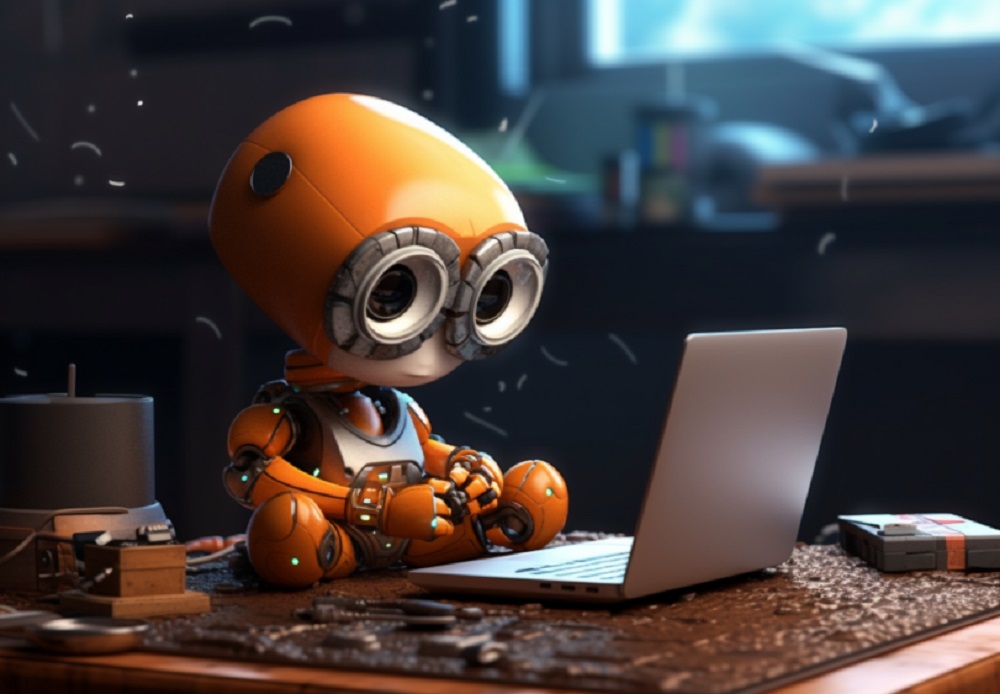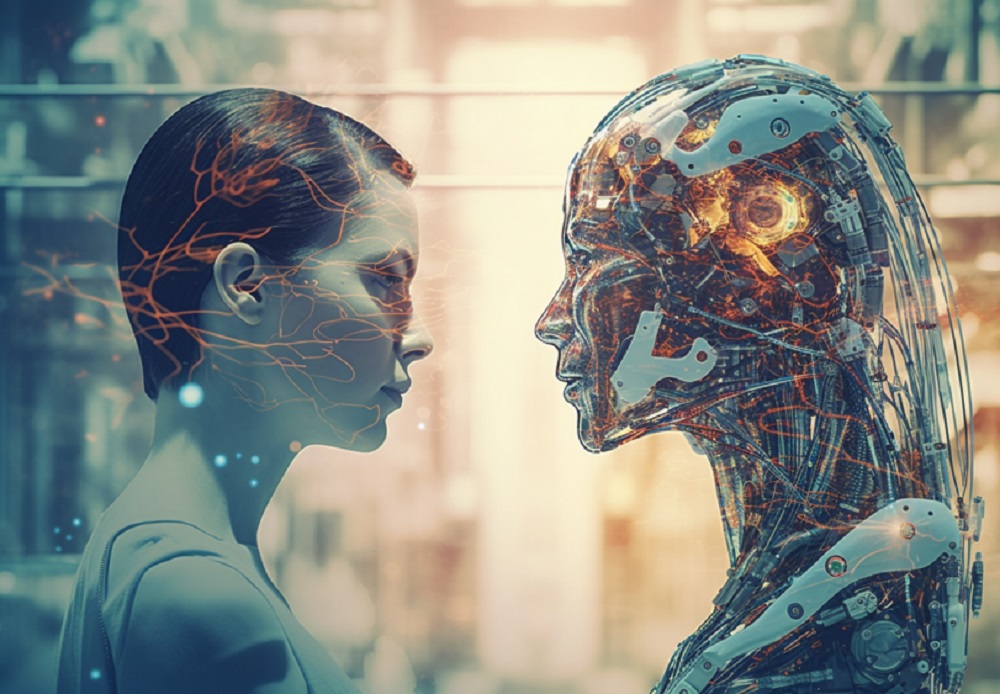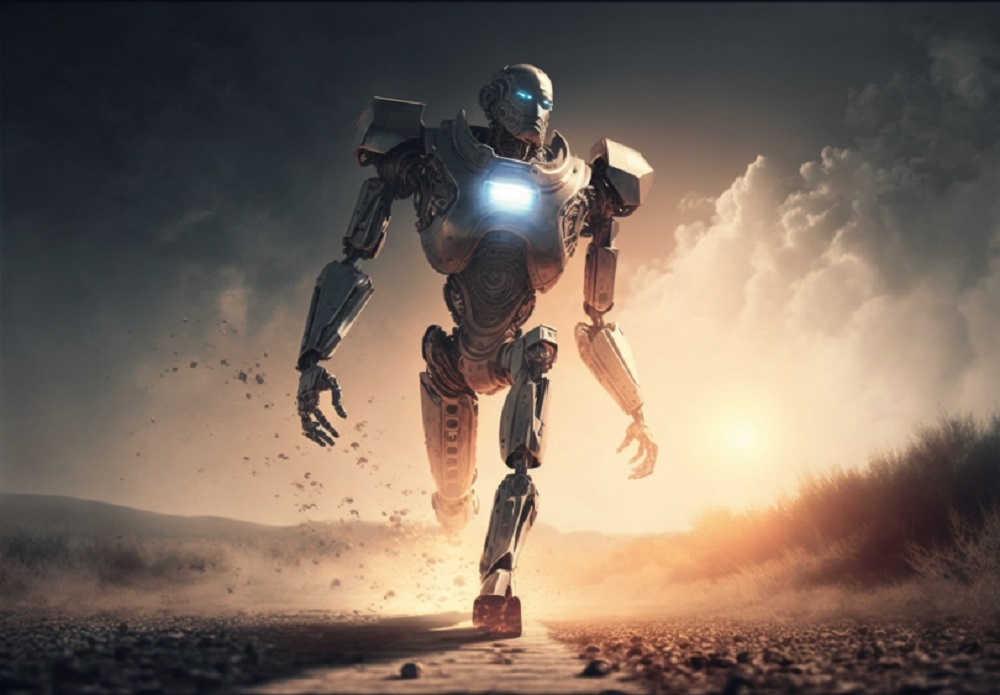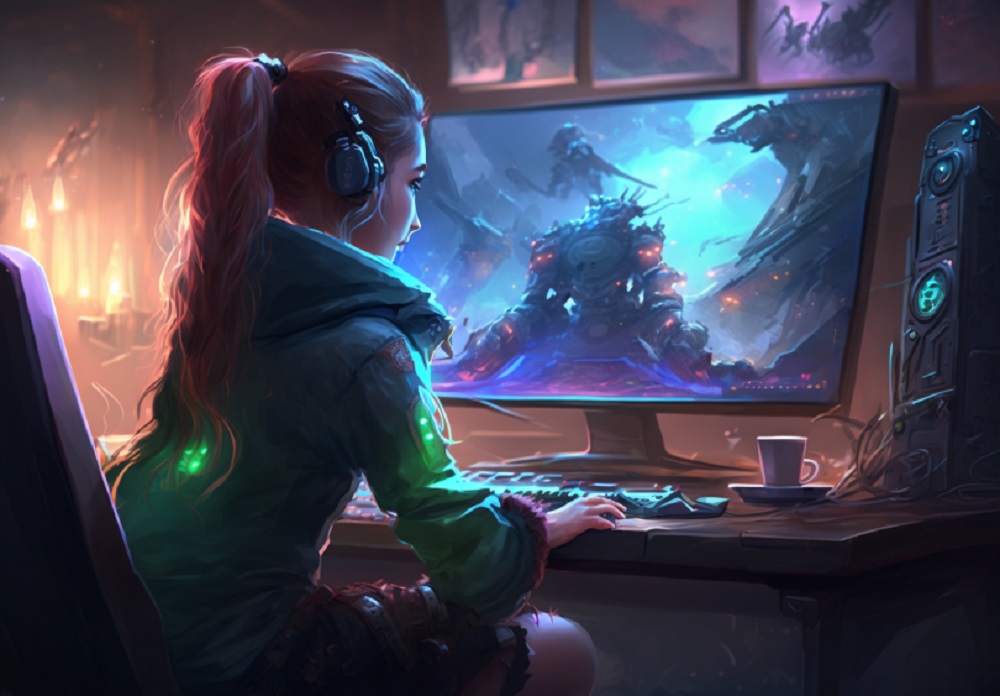Automation through Generative AI and Robotics
Introduction
Generative AI, combined with robotics, is revolutionizing the field of automation and intelligent systems. By leveraging advanced machine learning algorithms, robotics technologies, and data-driven approaches, generative AI is enabling the creation of intelligent machines that can perceive, learn, and adapt to their environments. This comprehensive article explores the various applications, advancements, and challenges of generative AI in robotics, showcasing its potential to transform industries and drive innovation.
1. Understanding Generative AI
Generative AI refers to the use of machine learning algorithms to generate new and original content, such as images, text, music, or even entire virtual environments. Generative models, such as Generative Adversarial Networks (GANs) and Variational Autoencoders (VAEs), learn from vast amounts of data and can produce realistic and novel outputs. When integrated with robotics, generative AI enables robots to generate new behaviors, responses, or even simulate complex scenarios.
2. The Role of Robotics in Automation
Robotics plays a crucial role in automation by providing physical embodiment and interaction capabilities to intelligent systems. Robots can perform a wide range of tasks, from industrial manufacturing and logistics to healthcare and service industries. The integration of generative AI with robotics allows for more adaptable, versatile, and autonomous robots capable of learning from their surroundings and making intelligent decisions.
3. Advancements in Perception and Sensing
Generative AI in robotics has significantly advanced perception and sensing capabilities. Robots equipped with sensors, cameras, and other data collection tools can analyze their environment, recognize objects, and understand spatial relationships. Generative models aid in generating realistic and diverse synthetic data for training robotic perception systems, improving their accuracy, robustness, and adaptability.
4. Learning and Adaptation in Robotics
Generative AI empowers robots to learn and adapt their behavior based on their interactions with the environment. Reinforcement learning algorithms, coupled with generative models, enable robots to autonomously acquire new skills and optimize their performance through trial and error. This ability to learn and adapt makes robots more versatile, allowing them to handle complex and dynamic tasks efficiently.
5. Enhancing Robot Decision-Making
Generative AI algorithms enhance robot decision-making processes by enabling them to generate multiple potential solutions or responses. By exploring different possibilities, robots can evaluate the outcomes and select the most optimal course of action based on predefined objectives or learned behaviors. This enhances the efficiency, flexibility, and adaptability of robotic systems.
6. Simulating Real-World Scenarios
Generative AI enables the creation of realistic simulations that mimic real-world environments. These simulations serve as training grounds for robots, allowing them to learn and refine their skills in a safe and controlled virtual setting. Simulations provide a cost-effective and scalable means to train robots for various tasks, including navigation, manipulation, and decision-making.
7. Human-Robot Interaction and Collaboration
Generative AI and robotics facilitate improved human-robot interaction and collaboration. Robots can generate natural language responses, facial expressions, or gestures, enhancing communication with humans. By understanding and generating human-like behavior, robots can foster trust, engagement, and effective collaboration in various settings, including healthcare, customer service, and education.
8. Advancements in Industrial Automation
The integration of generative AI and robotics has led to significant advancements in industrial automation. Robots equipped with generative models can optimize manufacturing processes, enhance quality control, and streamline logistics operations. Generative AI also enables robots to generate innovative design solutions, aiding in product development and customization.
9. Robotics in Healthcare and Medical Applications
Generative AI has immense potential in healthcare and medical applications. Robots equipped with generative models can assist in surgeries, patient monitoring, and rehabilitation. They can generate personalized treatment plans, analyze medical imaging data, and assist healthcare professionals in diagnosis and decision-making. The combination of generative AI and robotics in healthcare settings improves patient care, reduces human error, and increases the efficiency of medical procedures.
10. Autonomous Vehicles and Transportation
Generative AI and robotics are driving advancements in autonomous vehicles and transportation systems. Self-driving cars, drones, and delivery robots utilize generative models to perceive their surroundings, navigate through complex environments, and make real-time decisions to ensure safe and efficient transportation. These technologies have the potential to revolutionize the automotive industry, logistics, and urban mobility.
11. Challenges in Generative AI and Robotics
While the integration of generative AI and robotics brings numerous benefits, there are also significant challenges to overcome. One key challenge is ensuring the reliability and safety of robotic systems, as errors or malfunctions could have serious consequences. Ethical considerations, such as the responsible use of AI and ensuring fairness in decision-making, are also crucial. Additionally, the robustness of generative models, the need for large and diverse training datasets, and the computational resources required for training and deployment pose technical challenges that researchers and engineers must address.
12. Ethical Implications and Social Impact
The use of generative AI in robotics raises ethical considerations and potential social impacts. Privacy concerns arise with the collection and utilization of personal data for training generative models. The displacement of human workers due to automation is another important societal consideration. It is essential to strike a balance between the benefits of automation and the ethical implications to ensure that these technologies are used responsibly and in a manner that promotes human well-being.
13. Regulatory Frameworks and Standards
As generative AI and robotics become more prevalent, the development of regulatory frameworks and industry standards becomes crucial. These frameworks should address safety, security, privacy, and ethical concerns associated with the deployment and operation of robotic systems. Collaboration between policymakers, researchers, and industry stakeholders is necessary to establish guidelines that promote innovation while safeguarding public interests.
14. Future Trends and Possibilities
The future of generative AI and robotics is filled with exciting possibilities. Continued advancements in machine learning algorithms, sensor technologies, and robotics hardware will unlock new applications and capabilities. We can expect to see more intelligent and autonomous robots that can adapt to complex environments, collaborate seamlessly with humans, and contribute to a wide range of industries, from manufacturing and healthcare to entertainment and education.
15. Conclusion: A New Era of Automation and Intelligence
Generative AI and robotics are propelling automation and intelligent systems into a new era. The integration of these technologies enables robots to perceive, learn, and adapt to their surroundings, enhancing their capabilities and transforming industries. From industrial automation to healthcare, transportation, and beyond, the potential applications of generative AI and robotics are vast. As we navigate this exciting frontier, it is crucial to address challenges, uphold ethical principles, and work towards a future where automation and intelligent systems coexist harmoniously with humanity, benefiting society as a whole.






